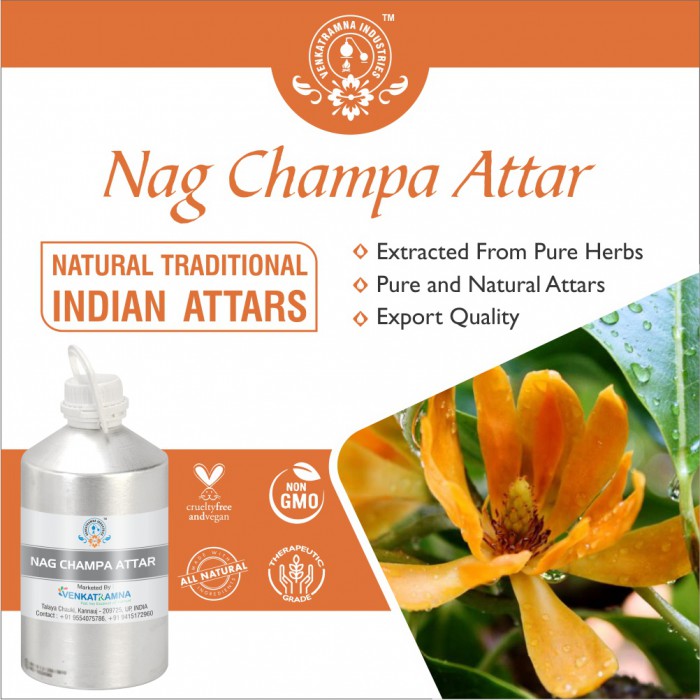Botanical Name : Amyris balsamifera Common name: Sandalwood, Balsam Torchwood Plant fam Read More
Botanical Name : |
Amyris balsamifera |
|
Common name: |
Sandalwood, Balsam Torchwood |
|
Plant family: |
Rutaceae |
|
Genus: |
Amyris |
|
Appearance/Color: |
A moderately viscous but clear Pale yellow liquid |
|
Odor: |
It smells sweet and warm. It is reminiscent of benzoin and possesses a vanilla note with a woody, cedar-like character. |
|
Blends With: |
Cedarwood Atlas, Cedarwood Himalayan, Citronella, Cypress, Frankincense Carteri, Jasmine Absolute, Lavandin, Lemon, Mandarin, Rose Absolute, Sandalwood Australian, Orange Sweet. It is often used to extend Sandalwood. |
|
Origin |
Haiti1 |
Amyris Essential Oil has a soft, resinous scent that is often used in perfumes as a base note. This oil is wonderful for relaxation, with a refreshing aroma that helps melt away stress and support a balanced, anxiety-free mind, particularly before sleep. When added to creams and diluted in a carrier oil, It can also be used in natural beauty products to help improve the appearance of fine lines and the texture of mature skin. It is a thick, pale yellow essential oil steam distilled from the wood of a tree native to Haiti and other tropical climates. Amyris is also sometimes called West Indian Sandalwood or Torchwood; however, its properties are different, and it is not botanically related to true Sandalwood oil.
The complete range of conditions or methods of use are beyond our control therefore we do not assume any responsibility and expressly disclaim any liability for any use of this product. Information contained herein is believed to be true and accurate however, all statements or suggestions are made without warranty, expressed or implied, regarding accuracy of the information, the hazards connected with the use of the material or the results to be obtained from the use thereof. Compliance with all applicable federal, state, and local laws and local regulations remains the responsibility of the user.
The FDA has not evaluated the statements on this website. No claims are made by Venkatramna Industries as to the medicinal value of any products from vriaroma.com or by us. The information presented here is for educating our customers about the traditional uses of essential oils and is not intended to diagnose, treat, cure, or prevent any disease. You are responsible for understanding the safe application of these products. If you have any questions, please call or email us for further information.
As per NAHA guidelines, New Directions Aromatics (NDA) does not recommend the ingestion of essential oils. It is imperative to consult a medical practitioner before using Essential Oils for therapeutic purposes. Pregnant and nursing women and those taking prescription drugs are especially advised not to use this product without the medical advice of a physician. The oil should always be stored in an area that is inaccessible to children, especially those under the age of 7.
The essential oil is derived from a tree that can take up to 30 years to produce oil. The tree grows to a height of 60 feet and bears white flowers that grow in to black-bluish fruits. The oil has several pharmacological properties. It is pure natural and have various applications in pharma and ayurvedic industry.
The oil has excellent toxin removing properties which is being used in soap and skin care industries to produce soaps and creams. Apart from that it has antiseptic properties which helps to prevent infections.
The essential oil, like many other resin oils, is said to have beneficial properties for the skin. The beauty of Amyris is its refreshing aroma. The essential oil lifts the spirit and helps instill a sense of calm.
· Perfumery/Fragrancing
· Acts as a Fixative
· Coughs and Congestion
· Stress
· Toxin removal
· Anti-Aging
· Preventing Infections (Antiseptic Properties)
· Cures Dry Skin
Ingredients:
|
S.No |
Key Constituents |
Strength (%) |
|
1 |
Valeranol |
15.1-21.5 |
|
2 |
a-Eudesmol |
4.4-16.2 |
|
3 |
7-epi-a-Eudesmol |
0-10.7 |
|
4 |
10-epi-g-Eudesmol |
5.3-9.7 |
|
5 |
Elemol |
6.6-9.1 |
|
6 |
b-Sesquiphellandrene |
1.5-8.6 |
|
7 |
g-Eudesmol |
6.6-9.1 |
|
8 |
b-Eudesmol |
3.2-7.9 |
|
9 |
a-Zingiberene |
0-5.2 |
|
10 |
Amorpha-4,11-diene |
0-3.5 |
|
11 |
Drimenol |
1.1-3.3 |
|
12 |
ar-Curcumene |
1.3-2.5 |
|
13 |
Selina-3,7(11)-diene |
1.3-2.5 |
|
14 |
g-Curcumene |
0-2.3 |
|
15 |
Selina-3,7(11)-diene |
1.3-2.5 |
|
16 |
g-curcumene |
0-2.3 |
|
17 |
Cadina-4,11-diene |
0-1.5 |
|
18 |
b-Dihydroagarofuran |
0.2-1.3 |
|
19 |
a-agarofuran |
0.3-1.2 |
|
20 |
( E )-Nerolidol |
0.4-1.1 |
|
21 |
a-Acordiene |
0-1.0 |
|
22 |
b-pinene |
0.2-1.2 |
|
23 |
a-Muurolene |
0-1.2 |
· Hazardous: Phytotoxicity
· Contraindications(dermal): If applied to the skin at over maximum use level, skin must not be exposed to sunlight or sunbed rays for 12 hours.
· Maximum dermal use level: 0.8% to avoid phytotoxicity.
· No Information found for amyris oil or any of its constituents.
· Acute Toxicity: Acute oral LD50 in rats 5.58g/Kg
· Health Hazards (Acute & Chronic)- Skin Contact: Liquid may be irritating, Eye Contact: Liquid may be irritating
· Carcinogenicity:
NTP Monograph: Not Listed as Carcinogenic
IARC Monograph: Not Listed as Carcinogenic
Ecotoxicity: The product is not expected to be hazardous to the environment





 MSDS-AMYRIS.pdf
MSDS-AMYRIS.pdf





J. west - 06 May 2022
Quality and delivery time is good. Will tell after using it.